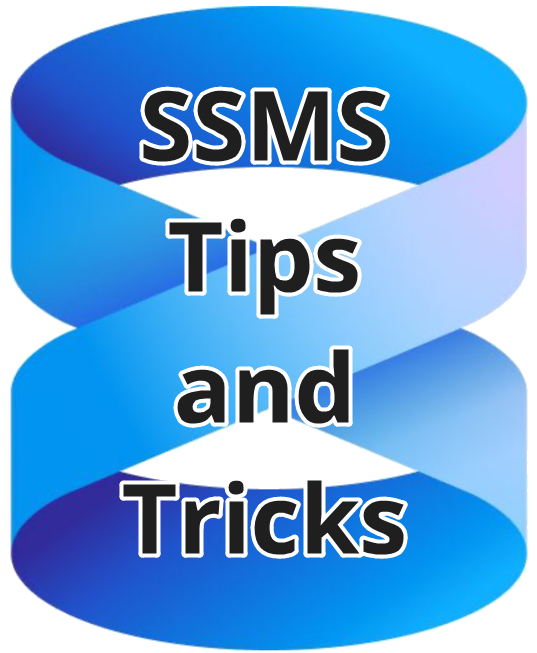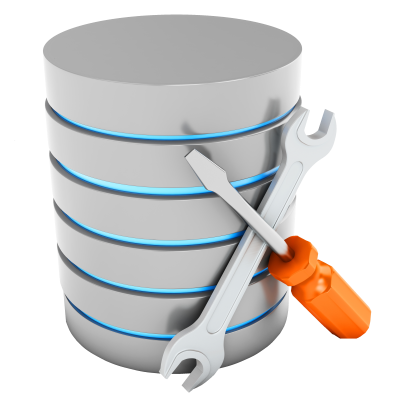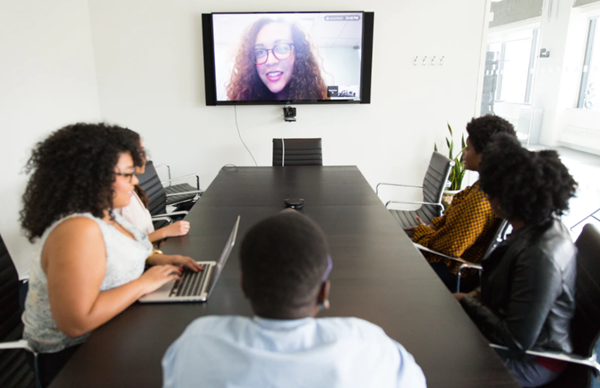
Data Tales 9: The case of the database diet (Part 4) - the final cut
This is the ninth tale in a series of stories about data. I hope you enjoy the series.
In the first article we saw why size really does matter, both for the DB itself and all the other copies of it that exist in most organizations. We then saw how to estimate the improvement in size with ROW compression. Our customer’s database that started at 3.8TB was reduced to 2.6TB by applying ROW compression without any code changes. Better still the performance of the I/O bound application improved significantly by compressing the tables and indexes.
2025-10-05






